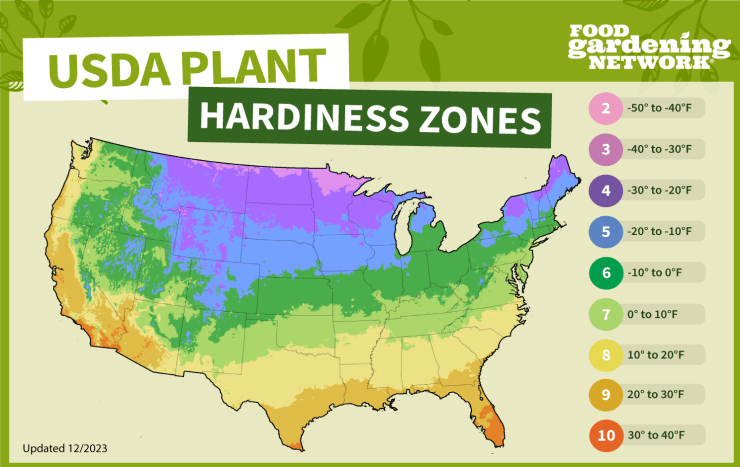Spinach is a versatile leafy green that can be grown in various climates. Let’s explore the recommended growing zones for spinach and which US states fall into those zones:
-
- Hardiness Zones:
- North America is divided into 13 hardiness zones, which determine the suitability of plants for specific areas based on average winter temperatures.
- You can find your USDA hardiness zone by entering your zip code at Garden.org.
- Knowing your zone is crucial for successful gardening.
- Heat-Tolerant Spinach Varieties:
- Spinach typically thrives in cooler climates (USDA zones 3-9).
- However, if you live in hotter areas or regions outside these zones, consider heat-tolerant spinach varieties.
- The best options for people in specific zones are:
- Zones 9-11: The warmer, southern half of the United States and southern coastal areas.
- Zones 12-13: Higher hot weather zones, including Hawaii and Puerto Rico.
- Look for spinach varieties with savory leaves that are heat-tolerant and disease-resistant.
- Consider types described as “long-standing” or those that bolt slowly in hot weather.
- Use shade cloth to protect plants and consider container gardening, moving them indoors during the hottest part of the day.
- New Zealand Spinach:
- While not a true spinach, New Zealand spinach (Tetragonia expansa) is an excellent alternative.
- It grows well in a wide range of USDA zones (2-11b) and is more forgiving of hot temperatures.
- Expect it to tolerate temperatures up to 95 degrees Fahrenheit and thrive throughout the summer months.
- States Growing Spinach:
- California and Arizona are the top spinach-producing states in the United States.
- Other states with spinach production include New Jersey, Florida, Georgia, South Carolina, Washington, Oregon, and Idaho.
- Indoor Growing:
- Yes, you can grow spinach indoors!
- Choose a sunny spot near a window or use artificial grow lights.
- Use well-draining soil and plant spinach seeds ½ to 1 inch deep.
- Space plants 6-12 inches apart and provide adequate watering.
- Consider planting in containers for indoor spinach cultivation.
- Hardiness Zones:
Remember to adjust your growing practices based on your specific climate and zone.
Happy gardening!
Check out the USDA Plant Hardiness Zone Map here. Or, for a quick glance at your general plant hardiness zone, use our map.



 Previous
Previous


Great. I live in WENDELL NC a 7b and many leafy plants like lettuce doesn’t do well because of the heat